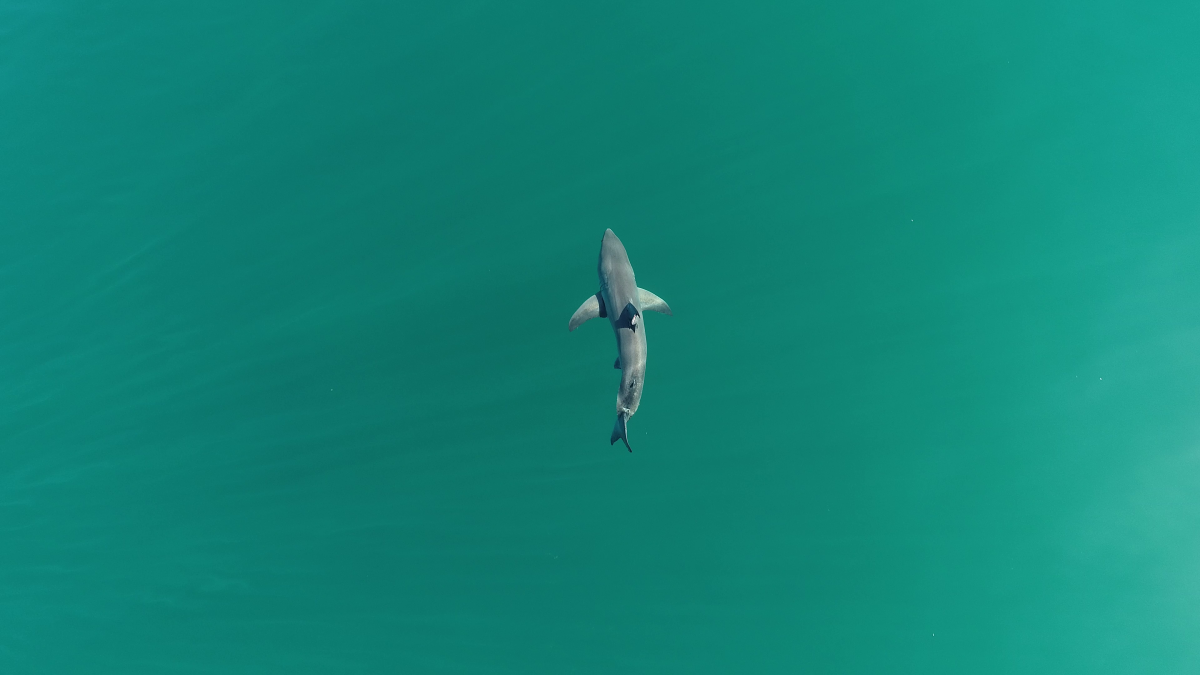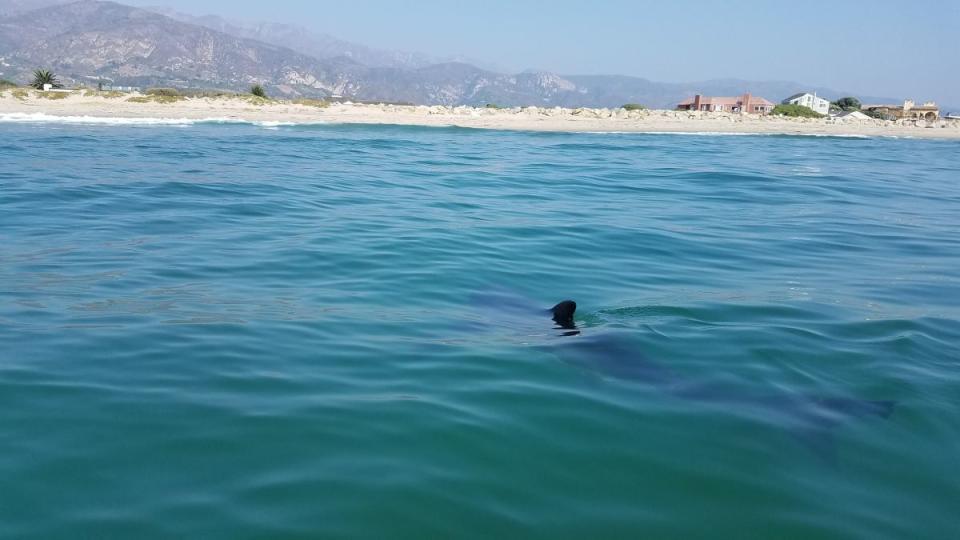Great White Sharks Prefer Warm, Shallow Water…Just Like You!

Photo: CSULB Shark Lab
Summer in southern California has long been suspected as a hotspot for juvenile great white sharks. The big guys? Up north, lurking beneath the surface. The babies? Down south, sharing the lineup with surfers at popular haunts like San-O and Trestles.
And now, in a new study from California State University Long Beach Shark Lab, researchers have confirmed those suspicions regarding juvenile white sharks, and they’re preference towards warmer, shallow waters – read: summertime surf spots in SoCal.
“They’re not swimming places by accident,” said Emily Spurgeon, CSULB Shark Lab technician, and lead researcher on the study. “They’re actively choosing where they want to be based on temperature. They’re very picky, just like people.”
Over the course of two years, Spurgeon conducted her research – tagging juvenile white sharks, monitoring their movements in relation to ocean temperature, and chronicling the data. What she found is that the sharks are preferential; they like a “goldilocks” temperature zone, which equates to somewhere in the 60-72 degrees Fahrenheit range.
Not to mention, these nearshore, warmer water zones are rife with the juvenile white sharks’ primary food source – stingrays, small fish, etc.
“This study is the first step in helping us understand how young white sharks make decisions about what habitats they choose, how long they remain in these areas, and the water temperatures they select on an hourly basis – which is really quite remarkable,” said Dr. Chris Lowe, director of the CSULB Shark Lab.

Photo: CSULB Shark Lab
Recently, the Shark Lab announced that they were losing funding, and they were turning to private and non-profit sources to keep the lights on. That includes detecting buoys, which monitor marine activity, and can alert lifeguards when a shark gets close to shore.
"It's getting pretty serious," Lowe said. "We have enough money to carry us through June but after that, if we don't get more funding, we're going to have to pull out all of the equipment out of the water. We won't be able to monitor sharks along California anymore."
For more on supporting the Shark Lab, head here.
***
Don't miss another headline from SURFER! Subscribe to our newsletter, follow us on Instagram, and stay connected with the latest happenings in the world of surfing. We're always on the lookout for amusing, interesting and engaging surf-related videos to feature on our channels.
Whether you're a professional surfer or just an amateur, we want to see your best footage and help you share it with the world. Submit your video for a chance to be featured on SURFER and our social channels. Be sure to subscribe to our YouTube channel to watch high-quality surf videos.

